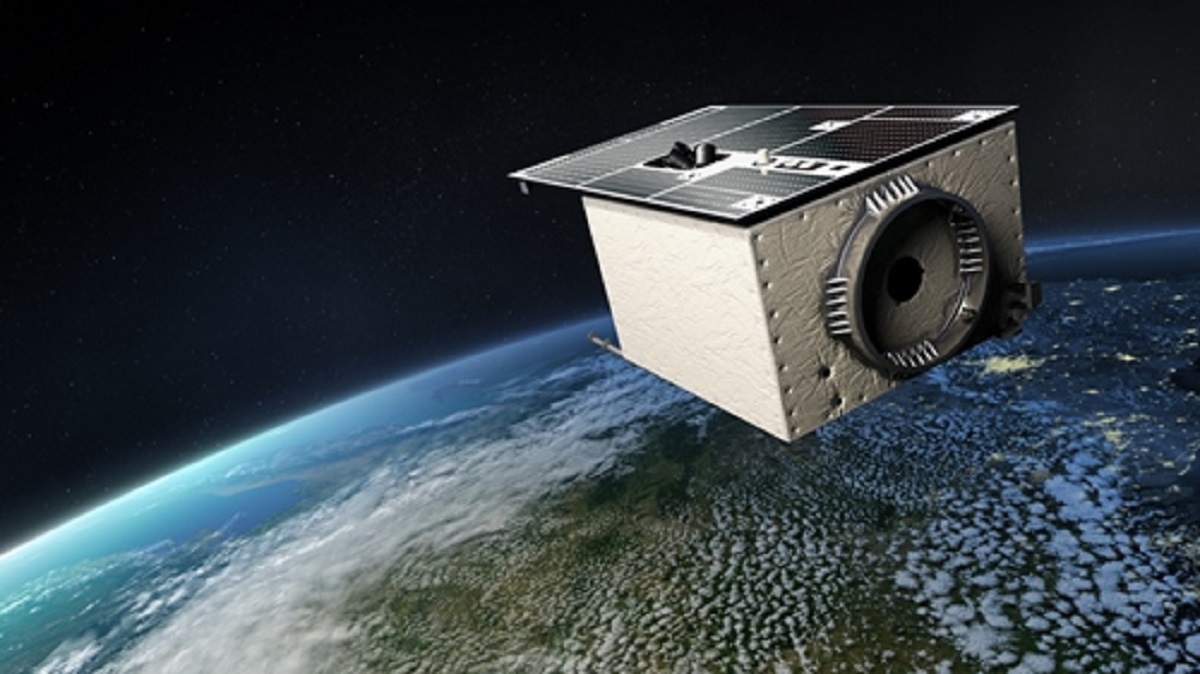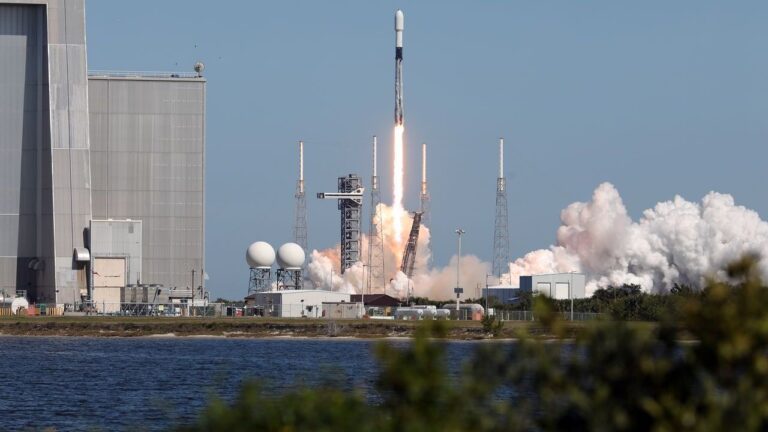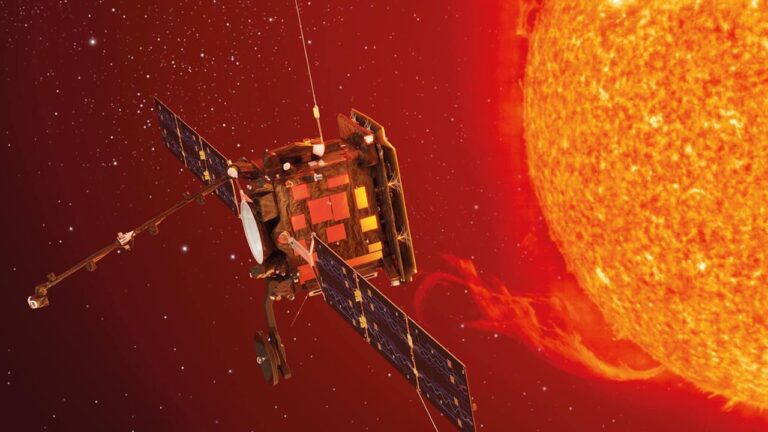
Planet Labs’ first hyperspectral satellite, Tanager-1, is poised for launch from California’s Vandenberg Space Force Base. The satellite is part of a SpaceX rideshare mission expected to lift off as early as July. This launch marks a significant milestone for the Earth observation company, which aims to achieve profitability by early next year.
Advancing Technology with Tanager-1
Will Marshall, Planet’s co-founder, CEO, and chair, highlighted that Tanager-1’s 30-meter resolution and ability to collect data across more than 400 spectral bands will enhance the company’s existing optical constellation. This advanced capability will capture phenomena invisible to the human eye, offering unprecedented insights into Earth’s surface.
Commercial and Government Interest
In March, Planet secured a $20 million agreement to provide Tanager-1’s services to Carbon Mapper, a nonprofit organization dedicated to monitoring methane and carbon dioxide emissions. Marshall noted a strong interest in hyperspectral data from both governmental and commercial sectors, including agriculture and the oil and gas industry. However, he emphasized that the hyperspectral market is still in its early stages.
Revenue and Market Challenges
Planet reported record revenues of $60.4 million for fiscal Q1 2025, a 15% increase year-over-year, primarily driven by government contracts. The U.S. National Reconnaissance Office renewed its contract with Planet, and the company completed two significant pilot programs for the Department of Defense, focusing on artificial intelligence data solutions.
Despite these successes, Planet acknowledged ongoing challenges in the commercial market, especially in agriculture. Commercial customers represented 22% of total revenue for fiscal Q1 2025, down from 29% in the previous quarter. To address this, Planet is enhancing its partner-led services, exemplified by a recent three-year contract with a Brazilian utility company.
Financial Outlook
Planet recorded an $8.4 million loss in adjusted EBITDA for Q1 2025, an improvement from the $19.1 million loss in the same period last year. This marks the fourth consecutive quarter of reduced adjusted EBITDA losses. Chief Financial Officer Ashley Johnson stated that the company is on track to reach adjusted EBITDA profitability by fiscal Q4 2025. Planet projects revenue between $59 million and $63 million for the next fiscal quarter, with an adjusted EBITDA loss of $7 million to $10 million.
Expanding Satellite Constellation
Built in-house, Tanager-1 is the second of Planet’s next-generation small satellites set for launch, following the higher resolution Pelican demonstrator launched in November. Alongside Tanager-1, the upcoming Falcon 9 rocket will also carry 35 SuperDove satellites. These satellites, about the size of a breadbox, will contribute to Planet’s daily global monitoring service, which utilizes approximately 200 satellites in low Earth orbit. In contrast, Pelican and Tanager-1 are roughly the size of a mini fridge, offering higher resolution capabilities.
With the launch of Tanager-1, Planet Labs continues to push the boundaries of Earth observation technology. The deployment of this hyperspectral satellite signifies a pivotal step towards enhanced environmental monitoring and data-driven decision-making for both governmental and commercial sectors. As the company strives for profitability and market expansion, Tanager-1’s success could pave the way for future advancements in hyperspectral data applications.






